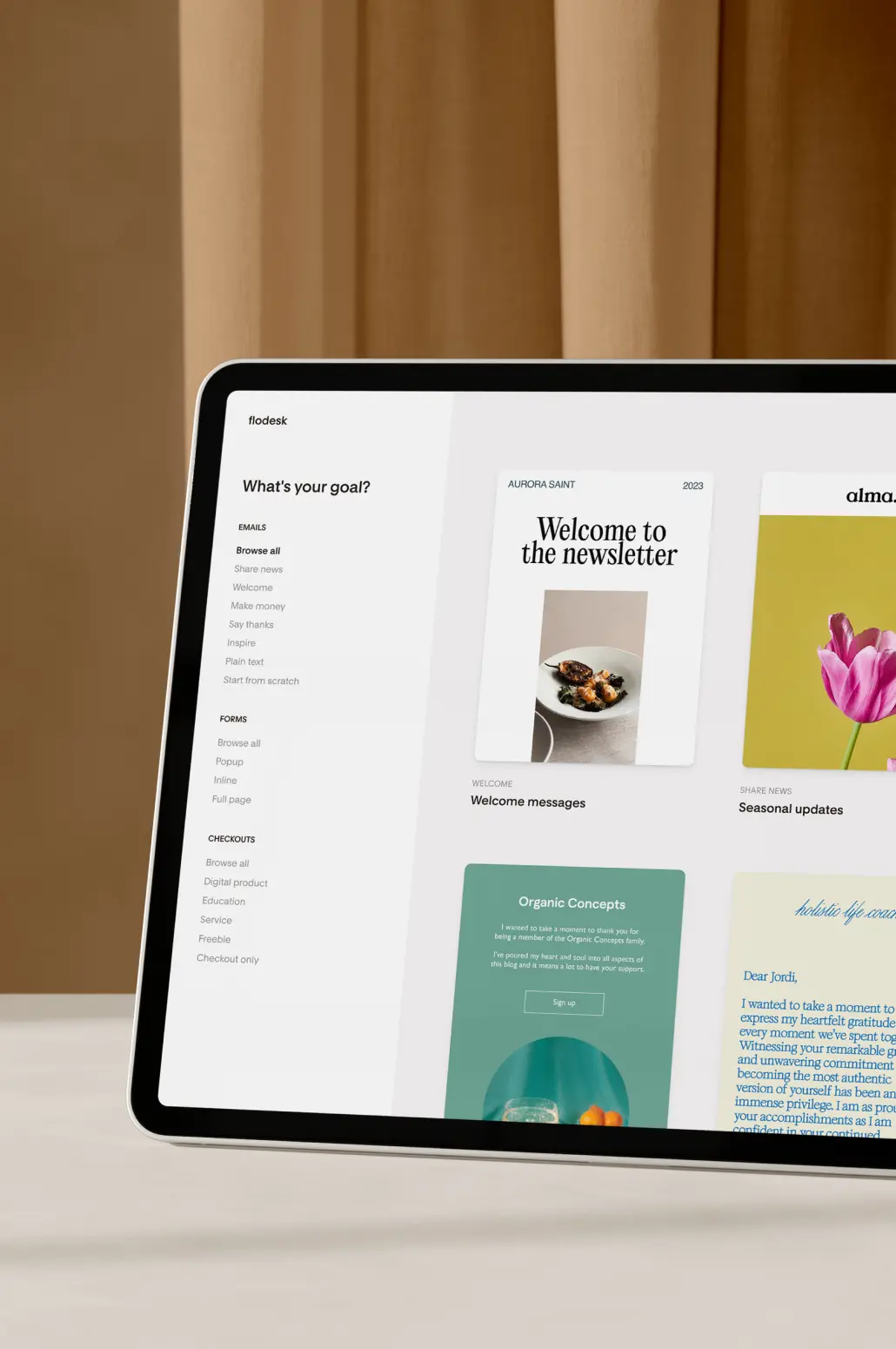If you’re a small business owner and you have a website, chances are, you’d like to know the ways in which your website is — or isn’t — working on behalf of your business. You’d like to be able to answer questions like: How many visitors are exploring my website, and is the number of visitors growing over time? Where are my visitors coming from? Are most coming from my social media marketing, or from organic searches on search engines? How long do visitors spend on my website, and which pages of my website are viewed most frequently? Today, we’re excited to share not only how to monitor your website analytics, but also which specific metrics are worth monitoring, understanding, and improving.

Which website metrics are worth tracking?
Welcome to Episode 116 of The Brand It, Build It Podcast. In this week’s episode, we’re going to explore website analytics: what website analytics are, why it’s important to monitor them, and which metrics are worth monitoring and understanding.
As always, we believe every small business is unique and will have unique and specific goals when it comes to their analytics — but we’re hopeful today’s episode serves as a helpful starting place for understanding analytics in a foundational way — and for learning how website analytics can play a role in your website’s overall success and growth.
What are website analytics?
Website analytics involve the collection, reporting, and analysis of website data — informing an overall understanding of visitor behavior across web pages. Essentially, website analytics are reports and data surrounding your website and how your website is performing.
Why do website analytics matter?
Just like in each area of your business — likes sales or marketing — being able to measure helps you to better understand what is working well and what isn’t working well. For example, it’s helpful to document and measure your business finances — to set revenue goals and to measure your progress regularly. As another example, when you post on social media, it’s helpful to measure your audience growth, or to document which types of posts perform best based upon likes, shares, or overall engagement.
Along these same lines, website analytics can help you to assess and understand how effectively your website is working on your behalf.
As a few examples:
- Maybe your website has a contact form, and you’d like to know how many contact page visits result in your contact form being completed. Analyzing these details can equip you to polish or refine the design of your contact page or form to improve conversions.
- Maybe your website features a call-to-action, and you’d like to know how often the call-to-action is clicked. Understanding how effectively, or ineffectively, your call-to-action is working can equip you to make design updates or changes.
- Maybe your website has a lead magnet or newsletter opt-in, and you’d like to know how many page visits result in someone signing up or opting in to receive the lead magnet. Analyzing this information can encourage you to experiment with the design of the page, or with the lead magnet itself.
Or, perhaps you’d simply like to understand your website’s performance overall. For example:
- How many visitors your website receives,
- Where those visitors are coming from, and
- How long visitors are spending on your website.
Gathering, analyzing, and understanding all of these details can equip you to see your website through your visitors’ point of view, to make necessary content or design updates to improve your website’s performance, or to set new goals and visions for your website’s performance overall. Again, every small business is unique, so analytics can mean something unique to your business and to your overall vision and goals.
How do I measure my website analytics?
Our recommended tool for monitoring your website analytics is called Google Analytics. Google Analytics is a free tool, available through your Google account. The process of linking Google Analytics to your website will vary depending upon the website platform you use, but a step-by-step guide for doing so is only a Google search away.
Once Google Analytics has been linked to your website, you can view your analytics at analytics.google.com. The longer you use Google Analytics, the better, so you can gather more data and analyze your website’s performance with greater accuracy.
Which metrics are worth tracking?
Every business will have unique needs and goals, but as a starting place, here are the 5 metrics we recommend tracking:
- Users: Within Google Analytics, a user is a website visitor. Google Analytics categorizes users as new users or returning users. New users are brand new to your website and have never visited your website before, whereas returning users are users who have visited your website before. At With Grace and Gold, we review our users to see how many users explore our website on a daily, weekly, monthly, and yearly basis. We look for trends, and we aim for our total number of users to grow over time.
- Pages per Session: Pages per session refers to the number of pages a user views during a single viewing session. When a user views several pages per session, this can be an indication that your website is engaging — that your website prompts your visitors to keep on exploring and navigating from one page to another. When a user views few or 1 page per session, this may be an indication that they quickly found the information they were looking for and left your website — or it may be an indication that they didn’t find the information they were seeking, so they viewed only one page and then left your website. It’s not possible to know exactly what the personal reasoning may be for each and every user, but the pages per session metric can simply help you to gain a deeper understanding of approximately how many pages a user views during their viewing session.
- Source: Source refers to the place or places your website users come from — from social media, from search engines, from typing in your web address directly, or elsewhere. If you are interested in seeing how much of your website traffic comes from organic searches on search engines, monitoring the Source metric can be very helpful. We believe it’s encouraging to see diversification within your Source area — to see users coming to your website from various places. Conversely, if you are running a specific marketing campaign, or using a specific method for marketing your business, viewing your Source metric can help you to understand the effectiveness of your marketing campaign. For example, if you are using Facebook ads, the Source metric can help you to see how many users arrive on your website from Facebook, or what action or actions your Facebook ad recipients take once they are on your website.
- Bounce Rate: When a user visits your website, doesn’t click around or engage with your website, and simply leaves your website, this is referred to as a “bounce.” Within Google Analytics, the bounce rate is the percentage of all sessions on your website that bounced. It’s a common belief that a high bounce rate is a bad thing, but determining whether a bounce rate is actually a good thing or a bad thing depends upon the specific website page in question. As an example, if a page has been designed to be engaging and to lead users toward other pages within your website, a high bounce rate can be a bad thing. On the other hand, if a page has been designed to lead users elsewhere — such as to a third-party platform, a high bounce rate is understandable. At With Grace and Gold, we believe your website should be engaging and experience-driven — that, through purpose-driven and strategic design, your website should create a space your visitors can seamlessly and confidently engage with and explore. Reviewing your bounce rate can help you to better understand whether design changes are needed to create a more immersive, educational, or engaging experience for your users.
- Landing Pages: A Landing Page refers to the page on which a user begins their experience exploring your website. In other words, which page did they land on first? It’s a common misconception that users arrive on our Home page first. Instead, maybe they discovered your website through a blog post, through a portfolio gallery, or through your shop page. Knowing what your Landing Pages are can help you to better serve your audience and ensure the landing pages are a strong and professional representation of your business — and equip visitors to learn about your business, products, or services really seamlessly.
Again, these metrics can serve as a great starting place for understanding your website analytics — how visitors are using and engaging with your website, and how effectively your website is working on your behalf. There is so, so much to explore within Google Analytics, and we hope today’s episode helps you to feel equipped to explore your website analytics with confidence and purpose.
About Brand It, Build It Podcast, Hosted by Kelly Zugay
Hosted by Kelly Zugay, co-founder of With Grace and Gold, The Brand It, Build It Podcast is a leading small business marketing podcast for small business owners, creatives, founders and entrepreneurs. Enjoy weekly, actionable episodes to build a successful, sustainable small business from the inside out.
Elevate your business with purpose using With Grace and Gold's step-by-step guide to raising your prices confidently. Receive the Guide
Free Guide to Raising Your Prices
Free Guide
Confidently
Become familiar with Showit using an expertly-created, completely-customizable Showit template by With Grace and Gold. Learn More
Free Showit Templates by
Free Showit Template
With Grace and Gold
Does your brand communicate luxury? Take our assessment and create a luxury brand for your business. Receive the Guide
How to Create a Luxury Brand
Free Guide
for Your Business
































































